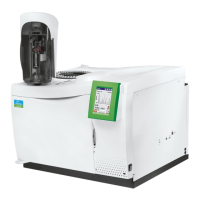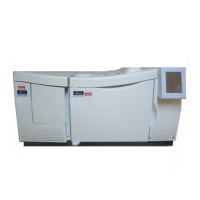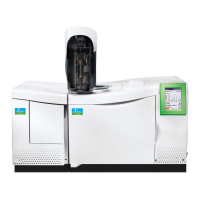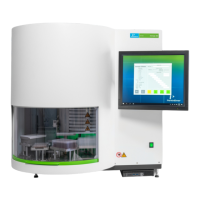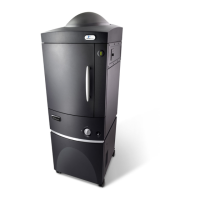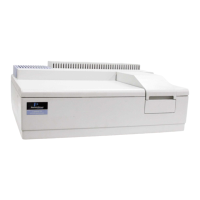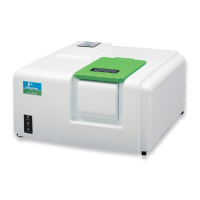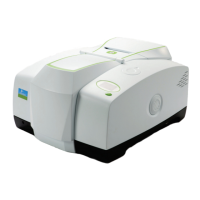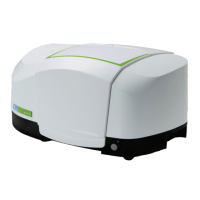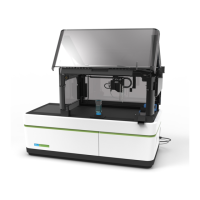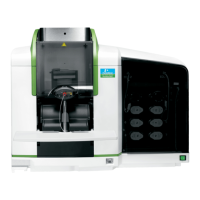Clarus 600/680 User’s Guide
4-5
FID Overview
Flame Ionization Detectors (FID) are mass sensitive and used for the destructive
analysis of organic compounds. As the sample enters the detector, it is mixed with
hydrogen and then burned in air, generating ions. The ions are collected and
measured by the detector, with their concentration proportional to the amount of
compound present. Ion collection is enhanced by a polarized electric field that is
created by applying a negative voltage (−200 V) to the jet tip. The detector
sensitivity is affected primarily by the hydrogen flow. The detector linearity is
affected by the air flow.
The FID has flameout detection and an auto-ignite feature. Flameout detection
occurs 0.5 minutes into the PRE-RUN time and it measures the user-entered
baseline threshold level in mV. If the threshold level is exceeded, the flame is
considered lit, otherwise the Clarus GC detects that the flame is out and auto-ignite
automatically lights the flame before the start of a run. You can also manually light
the flame at any time by pressing the Ignite button
.
A cross section view of a FID is shown below.
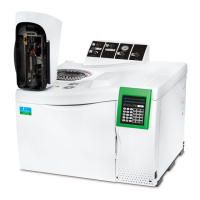
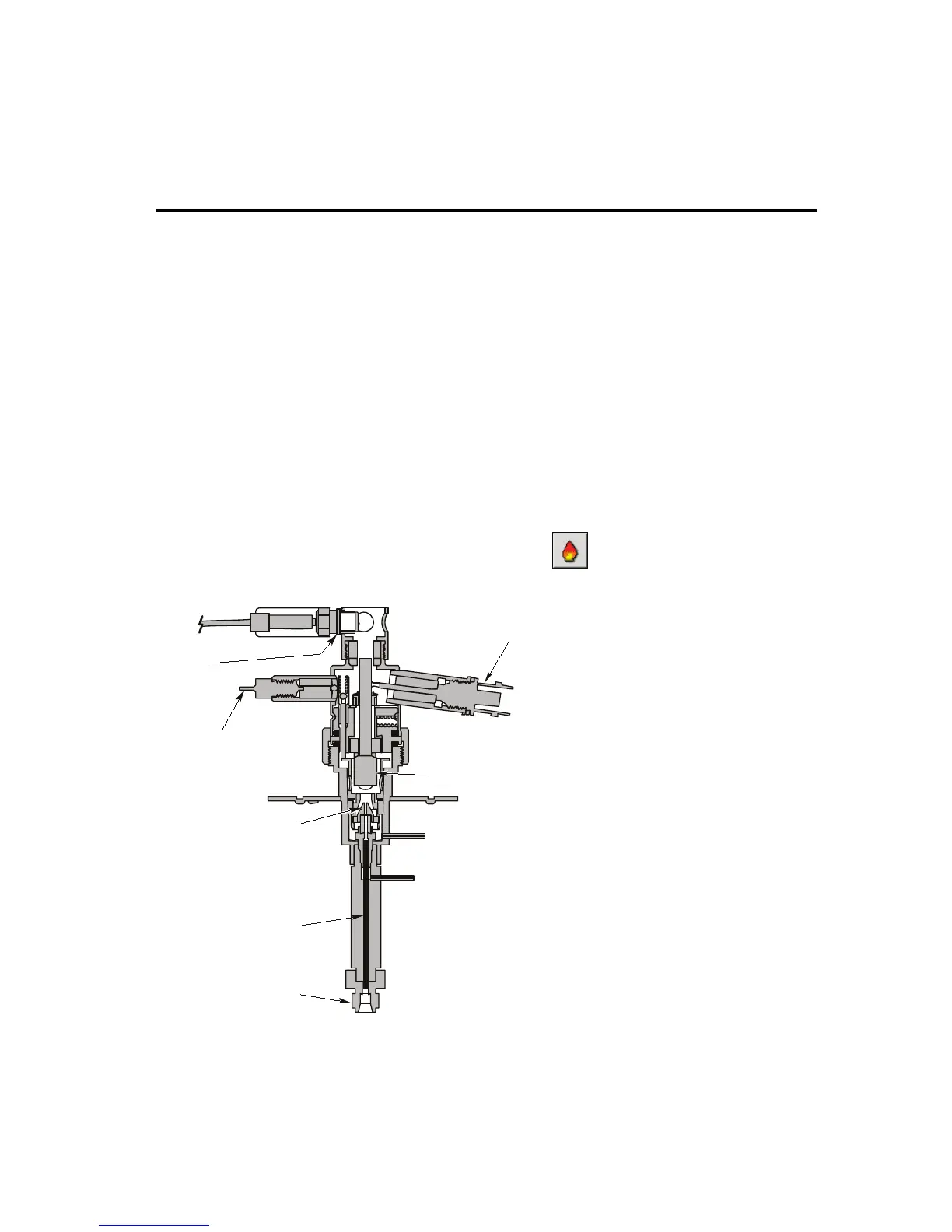